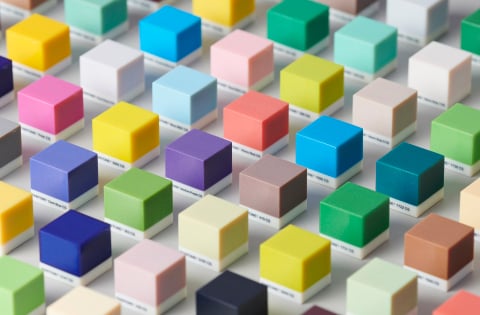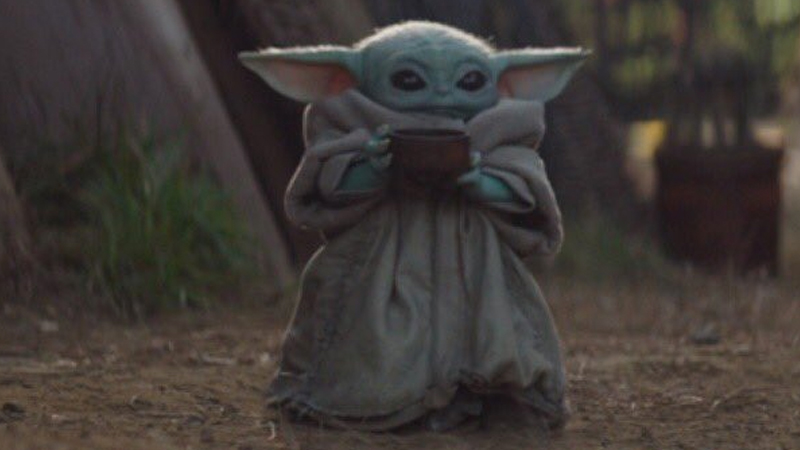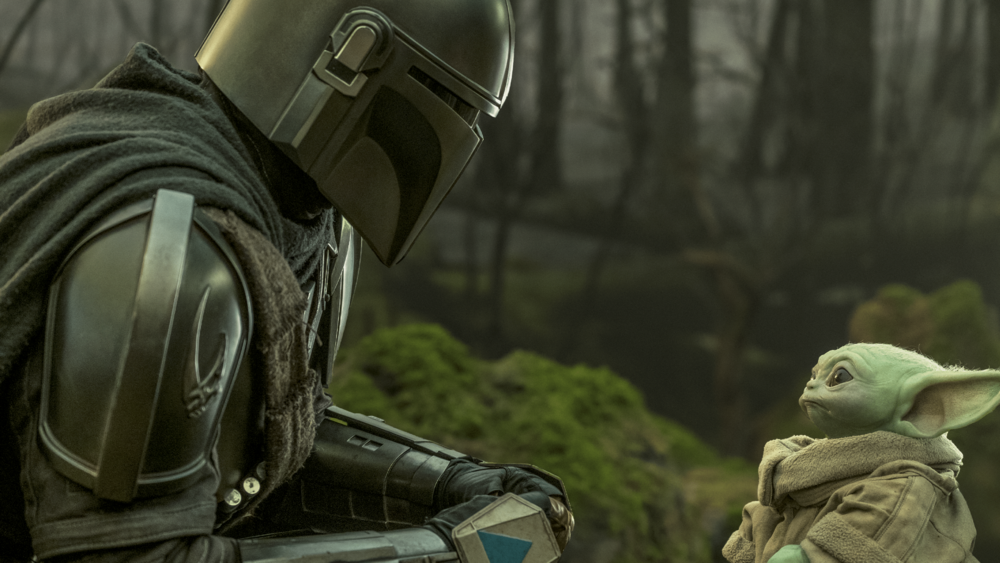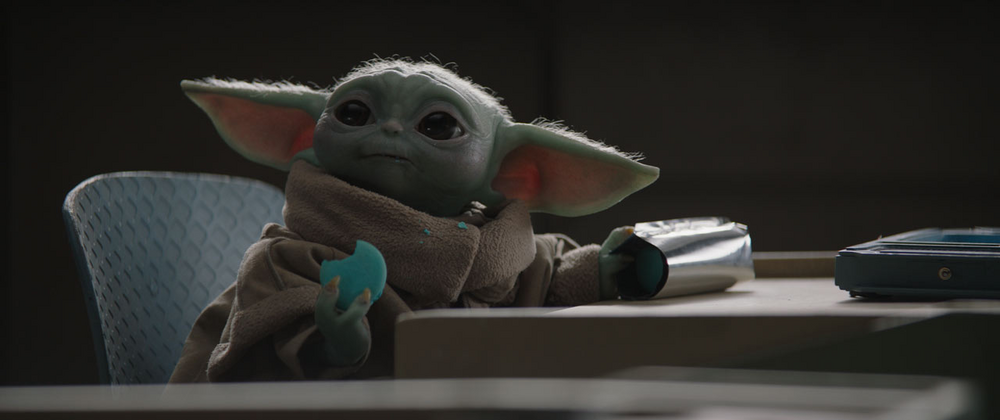
We’ve uncovered the real reason so many 3D printing operations have been focusing on exact color matching, and he’s adorable.
Over the last few years, 3D printing has been seeing enhanced full-color capabilities. While this is certainly exciting, it’s really picked up recently with significantly more attention paid to exact color matches to Pantone-certified colors. We’ve seen this at Stratasys, DyeMansion, and others.
And for the most part, we were happy to go along with the announcements. Great, we thought, along with everyone else: exact matching is nice, and opens the door for more brands to use the technology for just their shade.
But today, the truth comes to light: there was a specific driving force for wanting a color match. Emphasis on force.

That’s right. The Child. Grogu. Baby Yoda himself inspired the industry to match and certify exact colors.
Grogu didn’t grace our screens until 2019 (and wasn’t named until 2020) when The Mandalorian hit Disney+. But he was in development — super-secret development — since 2017. Wikipedia explains of the secrecy surrounding the character:
“Grogu was kept secret and was deliberately withheld from The Mandalorian‘s prerelease marketing and merchandise plans due to the risk that details about the character could leak before the show aired. Favreau said of this plan: ‘I think that part of what people really value is to be surprised and delighted, and I think that’s becoming all too rare.’ Favreau has credited Donald Glover as the source of that strategy. While developing The Mandalorian, Favreau was simultaneously directing Glover in the photorealistic remake of The Lion King (2019). While discussing music and pop culture, Glover told Favreau that people enjoy being surprised, because true surprises had become much less common in the Internet era. As an example, Glover cited the excitement generated by the sudden releases of surprise albums by singer and songwriter Beyoncé. Favreau felt keeping Grogu a secret until he was revealed would allow fans to connect with the character and ‘discover the story as it was unfolding’. The leadership and marketing team at the Walt Disney Company was supportive of this strategy Screeners of the pilot episode were not distributed to reviewers to avoid leaks about Grogu, and the official Lucasfilm and Star Wars social media accounts did not start posting messages about Grogu until about a week after the series debuted, to avoid spoiling the character’s debut as much as possible.”
Per Wikipedia’s description, effectively everything about The Child was kept under wraps until after his big debut at the end of the first Mandalorian episode. However, as common wisdom (attributed to Benjamin Franklin) reminds us: “Three can keep a secret, if two of them are dead.”

If there’s an industry outside the Disney machine that can keep a secret, it’s 3D printing. With many an operation finding success in stealth and NDAs part of the everyday, the 3D printing industry is always ready to keep a secret…including a Child-sized one.
With Grogu toys not available for the 2019 holiday season due to the utter Disney-enforced secrecy surrounding the character, many turned to making their own…say by 3D printing them. But what if those 3D printed toys could really look like the real thing? We may all like to think the industry is “beyond the Yoda head” now — but what about the Baby Yoda head?
With the exact Pantone shade of Grogu-Green, a perfect 3D printed Baby Yoda could come off a validated 3D printer or out of a validated post-processing dye job. An eagle-eyed Quora user identified Grogu as #5DBCD2 (compared to Yoda’s #ACB7A6 or #8C9F98, depending on exposure).

Is it any wonder Pantone validations have picked up?
This is the way.
